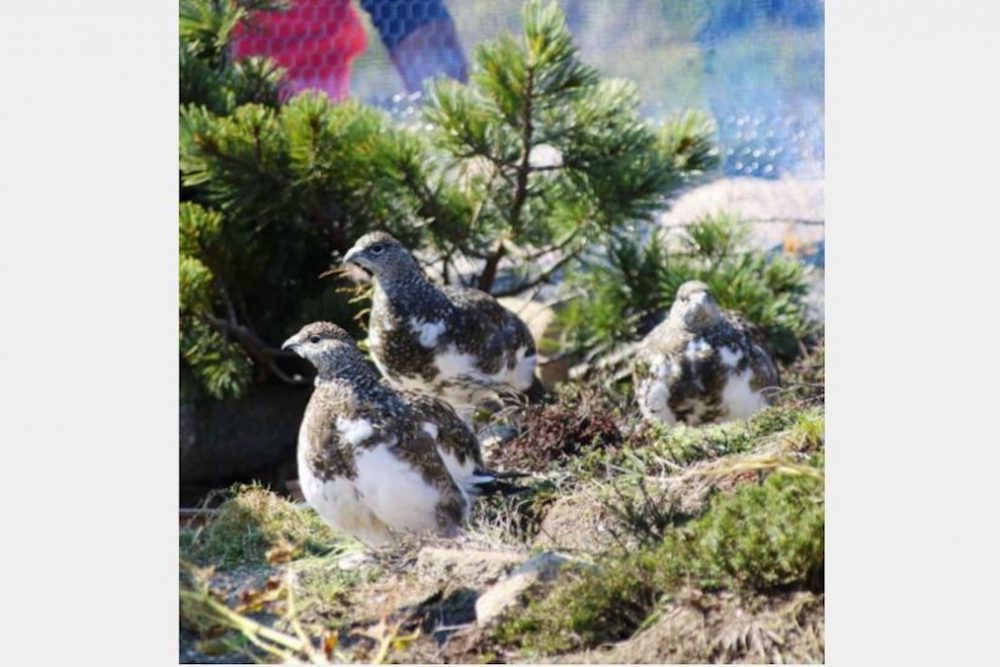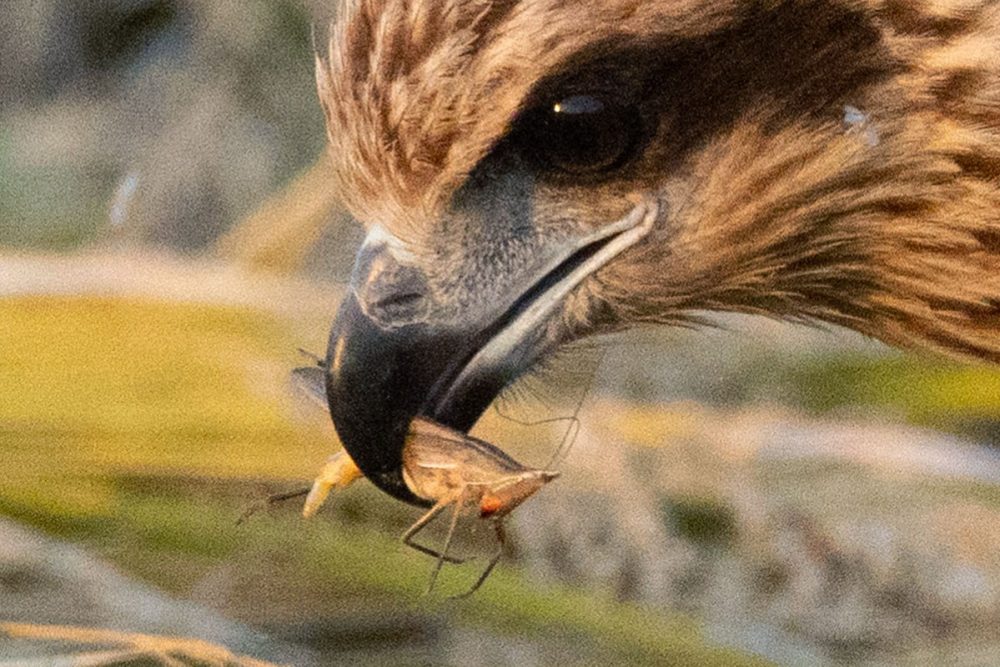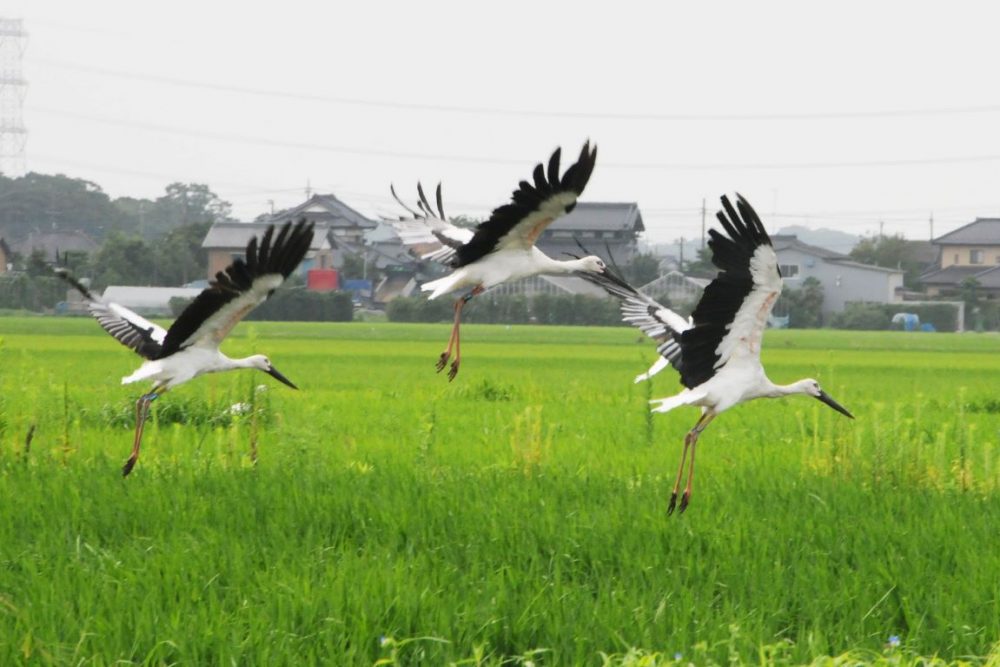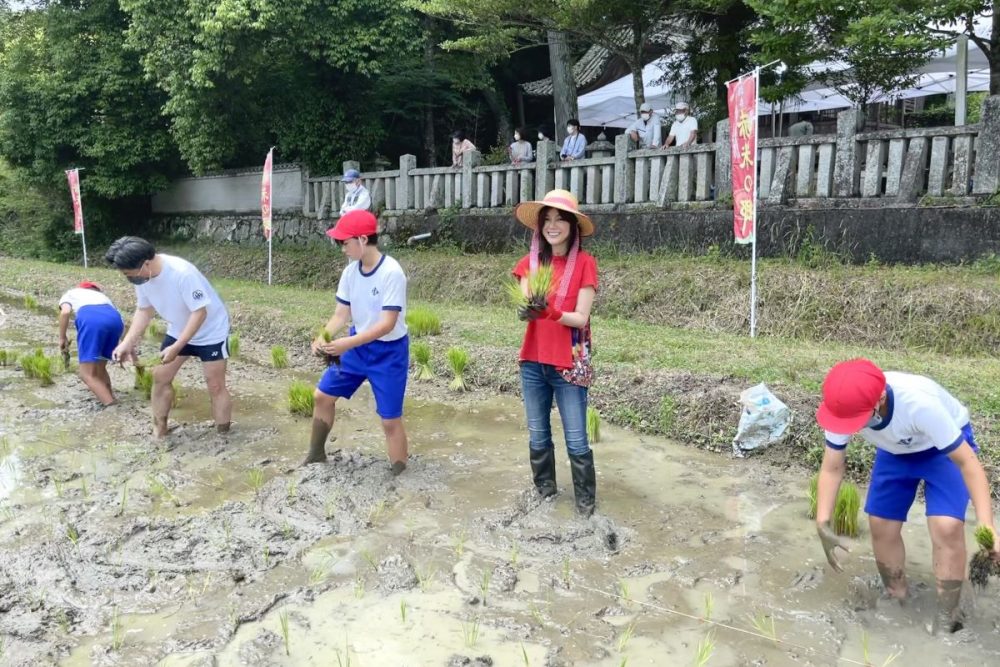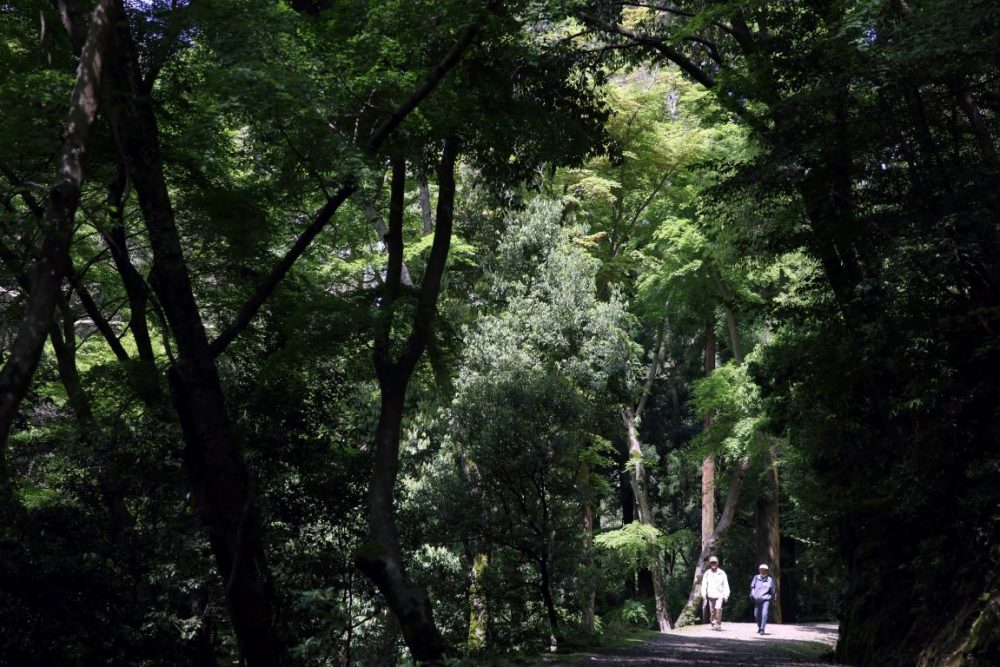EDITORIAL | Japan's Mongoose Eradication is Good News for Biodiversity
The Amami Oshima campaign to eradicate the invasive mongoose is the first success anywhere and merits sharing as a valuable lesson in biodiversity conservation.
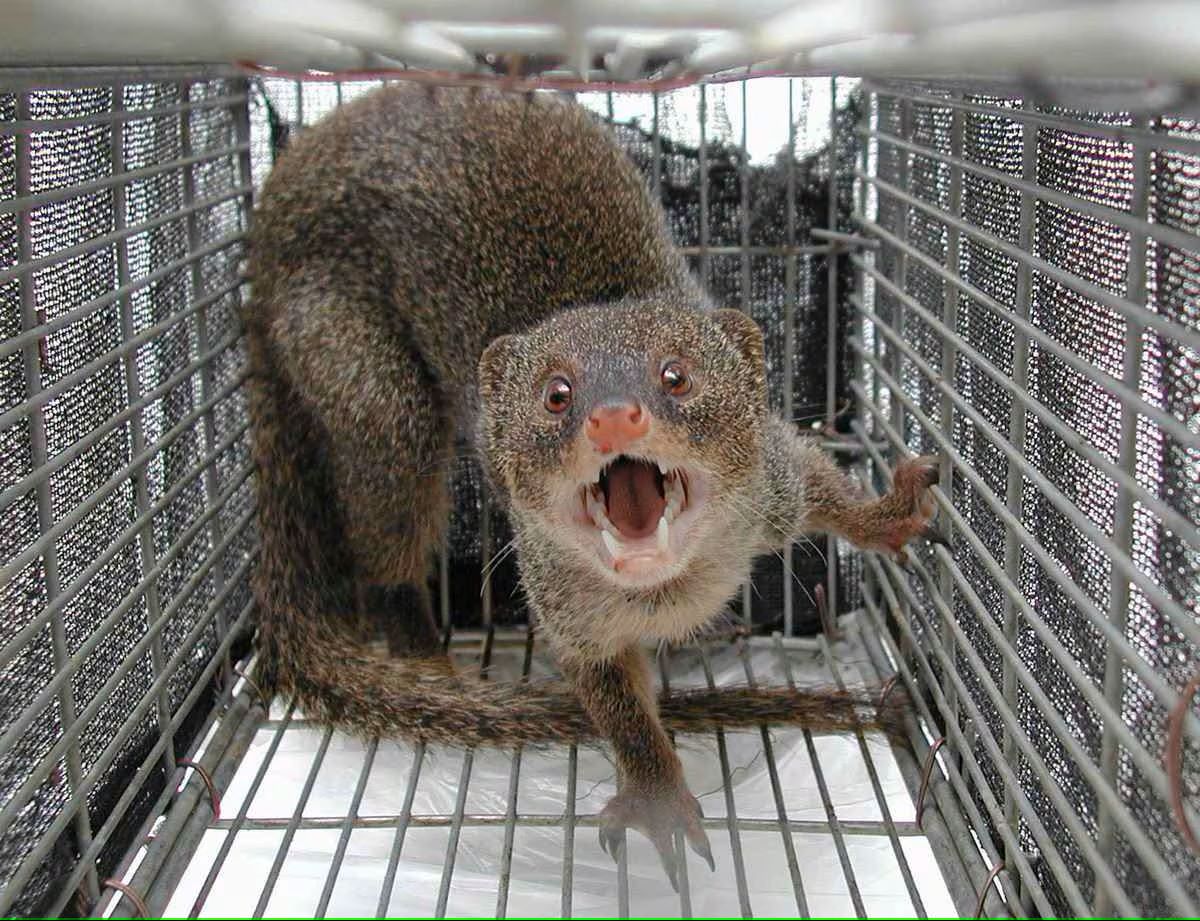
このページを 日本語 で読む
Japan's Ministry of the Environment has announced the eradication of a type of mongoose, a harmful invasive species. It has been breeding on Amami Oshima Island in Kagoshima Prefecture. "Mongoose" refers to a group of small, carnivorous mammals that live in Africa, Asia, and on some islands.
The announcement is good news for the conservation of endemic species such as the Amami rabbit (Ryukyu rabbit). This animal has been designated as a national special natural monument. They are "living fossils" found only on Amami Oshima and Tokunoshima islands. However, they had been preyed upon by mongooses.
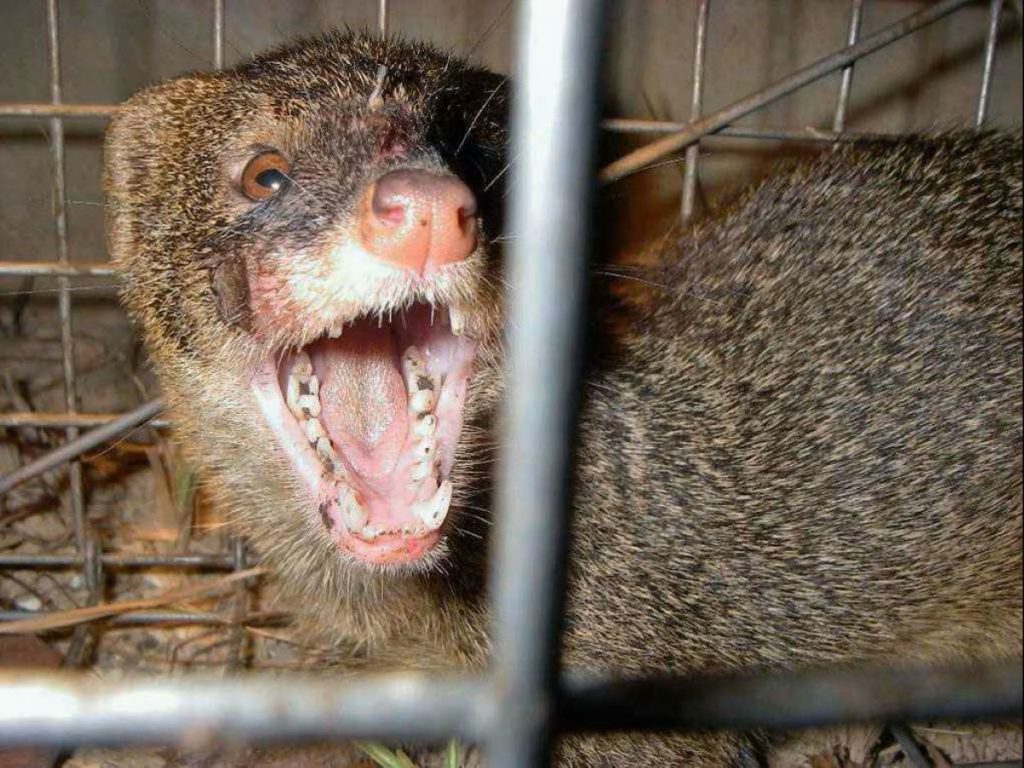
Ending the Invasive Species
Although this is a remarkable achievement, it took 31 years to achieve. Starting in 1993, it took great human effort and a total cost of approximately ¥3.5 billion JPY (25 million USD) to eradicate the invasive mongooses. It is a reminder of the heavy costs incurred through the careless release of predatory alien species into the wild.
The species of mongoose in question is native to South Asia. It was introduced to Amami Oshima 45 years ago in 1979 to eliminate venomous snakes, including the highly venomous Habu. Despite a lack of basic research, there were high hopes for what the agile mongooses could accomplish.
However, this ignored the reality that, in the absence of natural enemies, foreign predators will multiply at a tremendous rate. Furthermore, they also prey on domestic native species. That holds for fish and reptiles as well.
In the case of the mongoose on Amami Oshima, a few dozen animals were originally introduced. After two decades, it was estimated that the mongoose population swelled to around 10,000. Nonetheless, the number of Habu did not decrease. Apparently mongooses are active during the daytime. Therefore, they had few opportunities to encounter the nocturnal Habu.
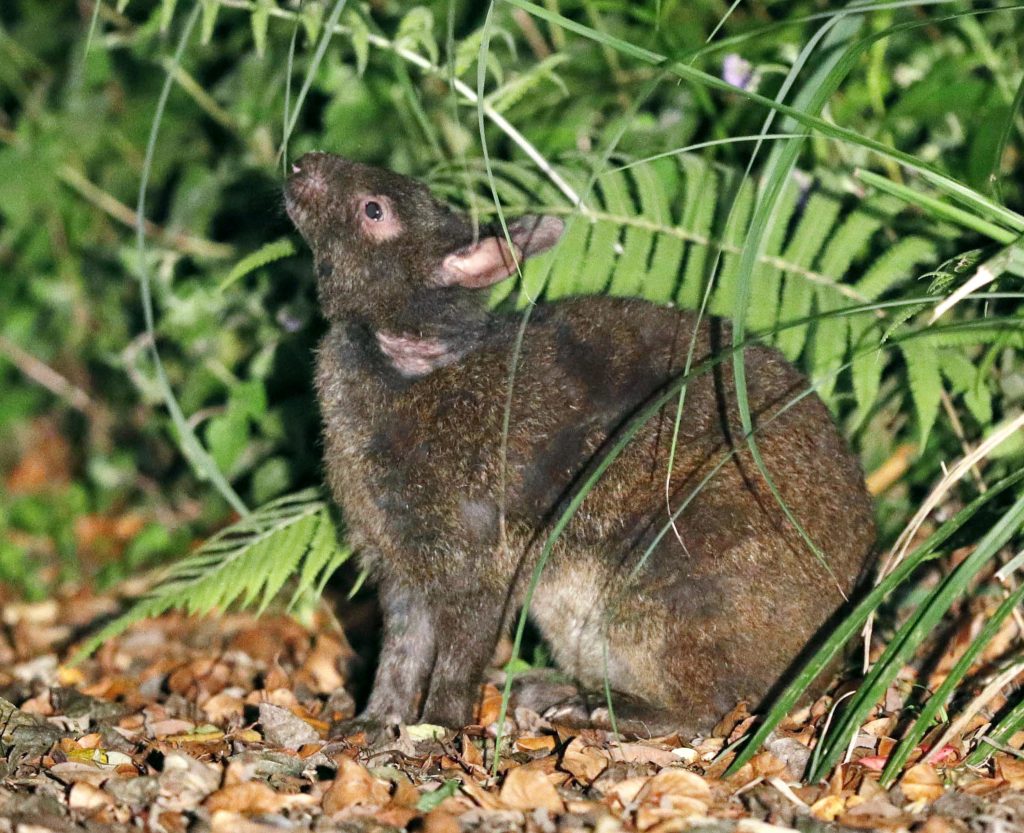
Preferred Diet of Native Species
Mongooses proliferated by preying on Amami rabbits and rare long-haired rats instead of Habu as intended. The mongoose eradication program was initially launched in 1993. Later, the environment agency (now the Ministry of the Environment) stepped up its efforts. Finally, in 2017, the mongoose was designated a specified invasive alien species under the Invasive Alien Species Act.
Members of the locally organized "Amami Mongoose Busters" set up numerous traps in the mountains, installed unmanned cameras, and employed search dogs to hunt down mongoose. As a result, the last one was captured in 2018, and no captures have been made since then.
After conducting a detailed mathematical analysis of the situation, the environment ministry issued its eradication announcement.

Recovery of Native Species
As the number of mongooses declined due to the eradication efforts, the distribution ranges for the Amami rabbit and endemic frogs, such as the Amami Ishikawa’s frog, have been expanding.
Similar problems have also been occurring in other areas where mongooses were introduced overseas. In those locations, too, people are struggling to find solutions.
Significantly, the eradication campaign on Amami Oshima is the first such success anywhere in the world. The history of how we have gone from past failures to this success is worth passing on to the world and future generations as a valuable lesson in biodiversity conservation.
このページを 日本語 で読む






